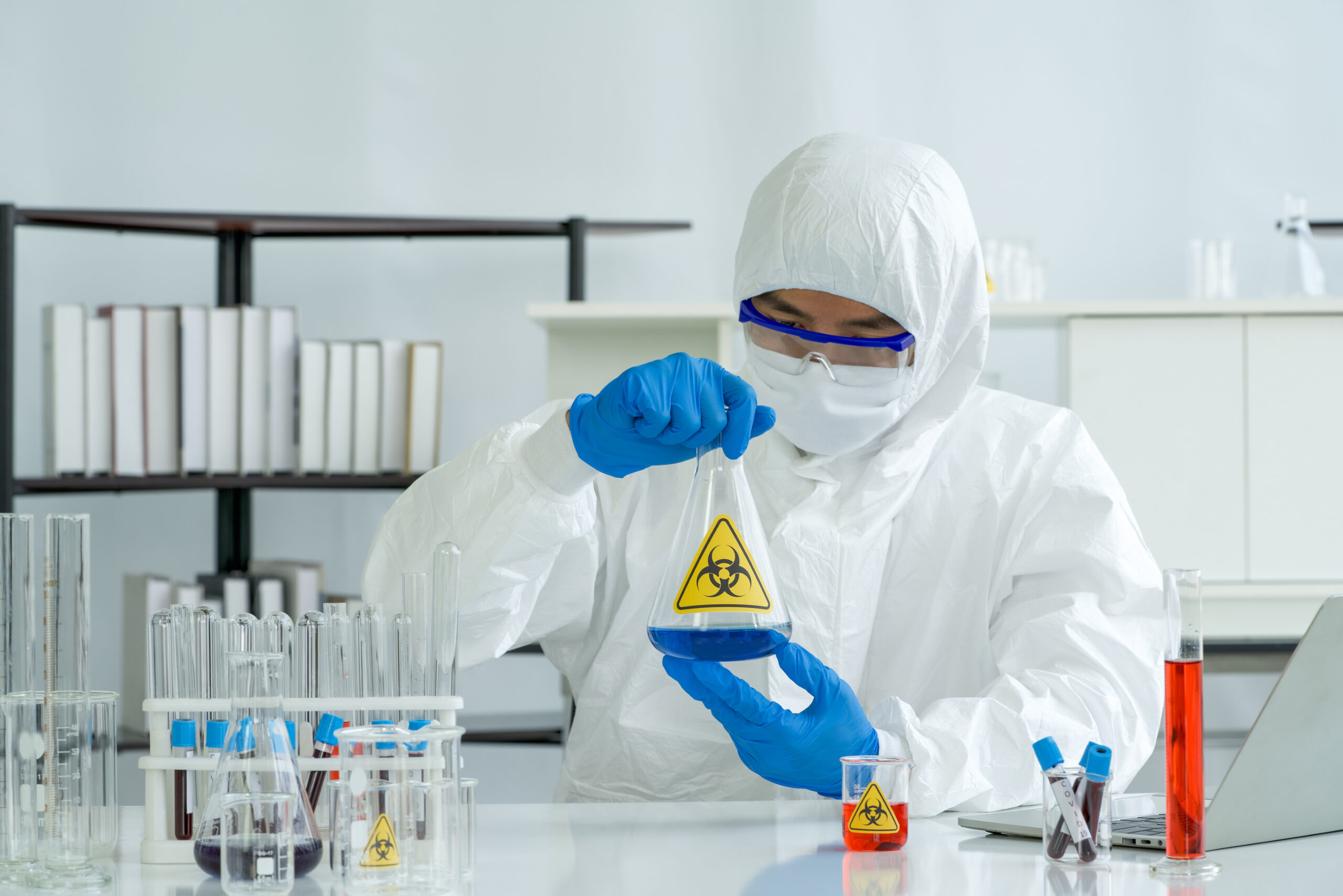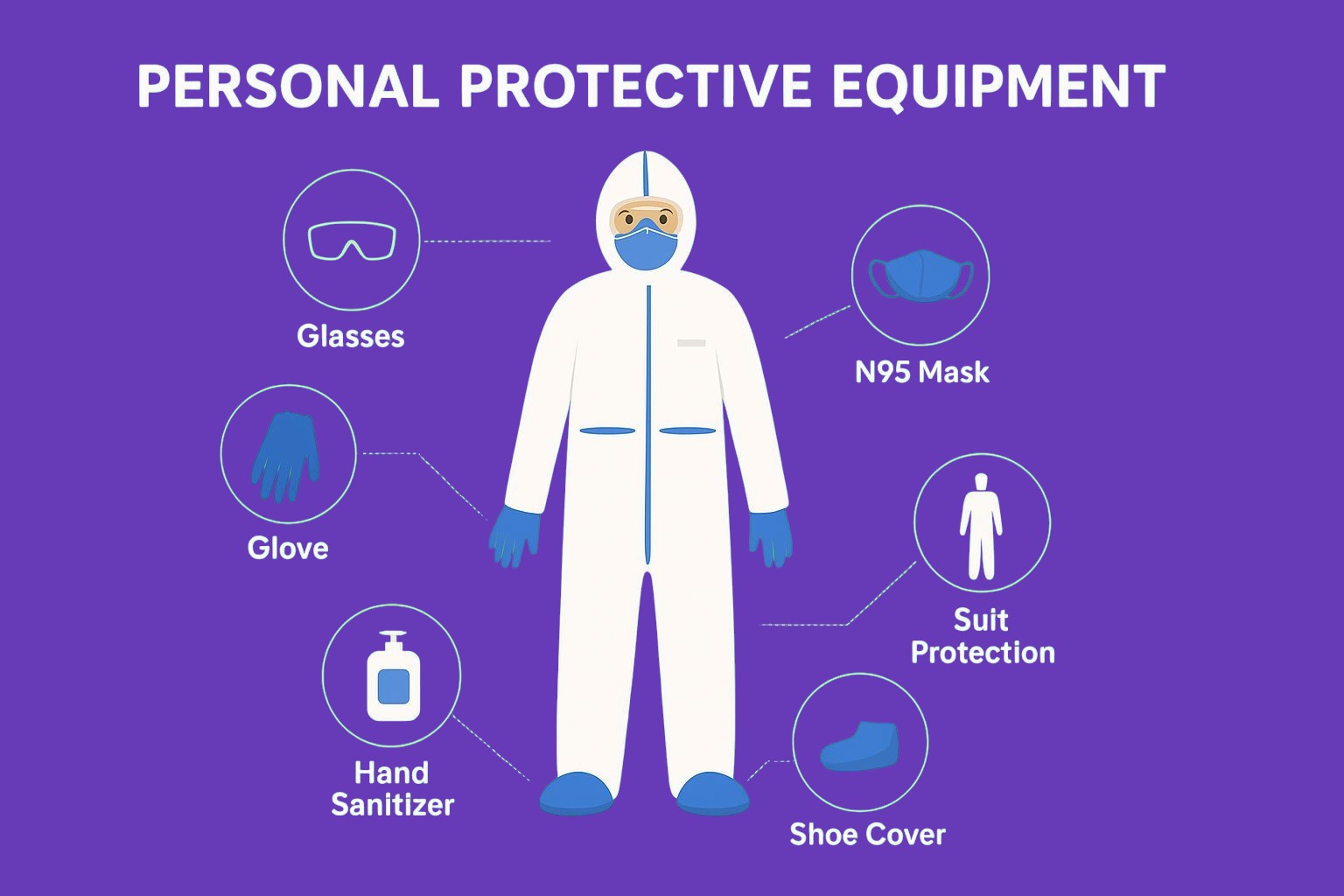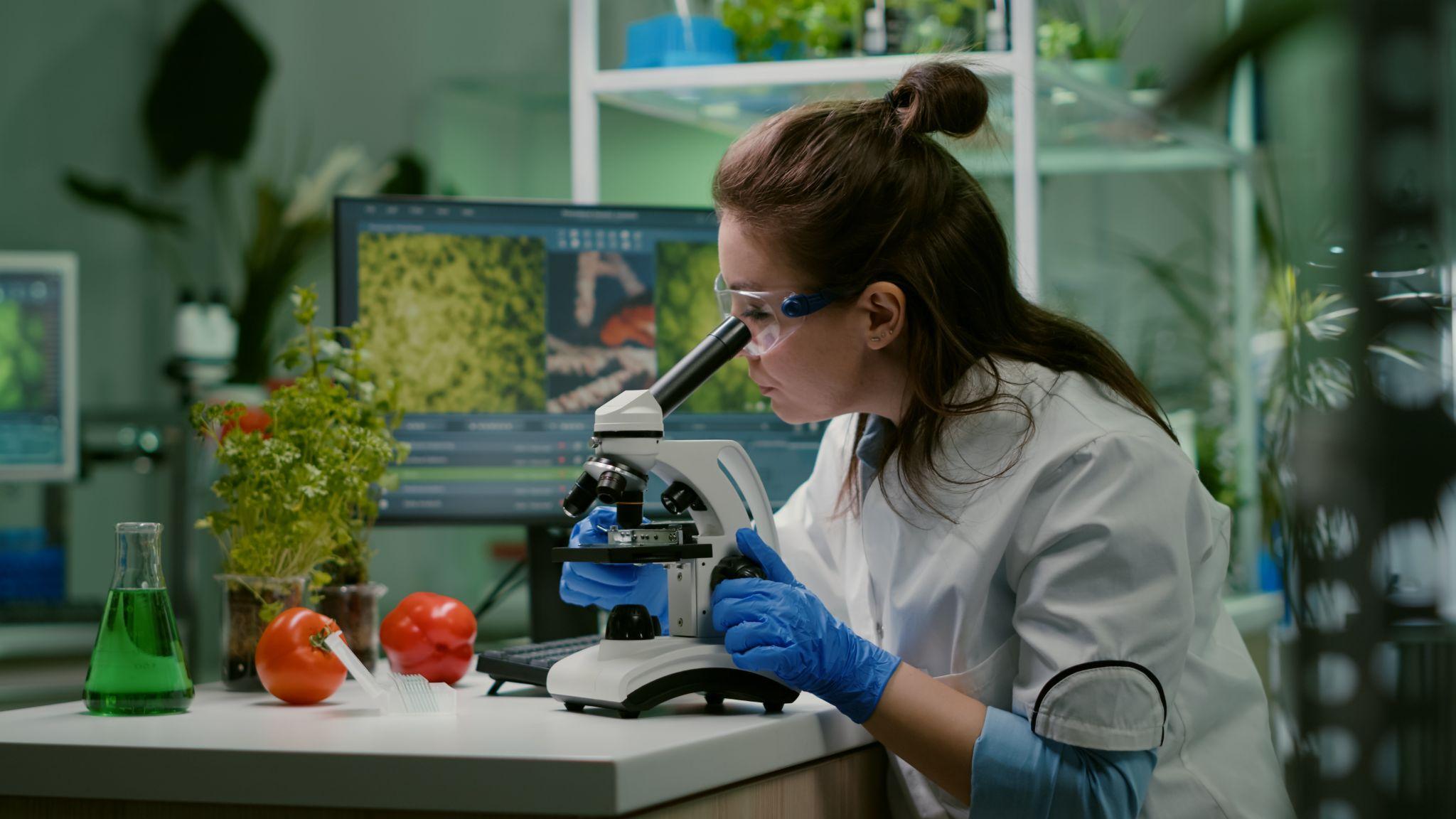Top 10 Essential Science Lab Equipment for Every School
Posted: June 23, 2025
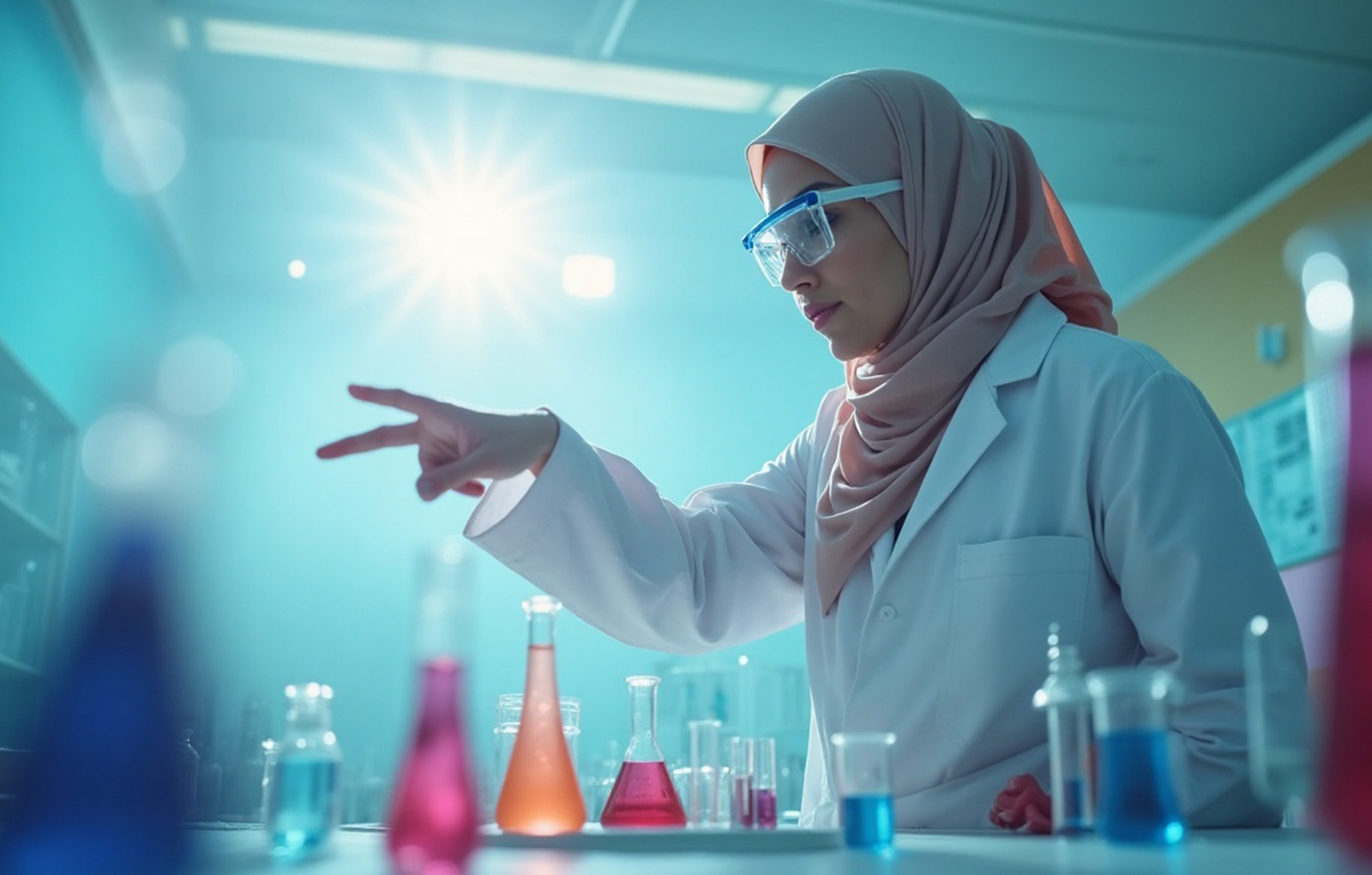
A well-equipped science lab plays a vital role in providing students with meaningful, hands-on science education in schools. In the UAE, where educational standards are rising and institutions are embracing modern learning methods, the demand for reliable and precise science lab equipment continues to grow. Schools today need more than basic supplies, they need durable, student-safe tools that support interactive learning and meet curriculum requirements. Investing in the right equipment not only enhances the quality of practical instruction but also ensures safety, compliance, and long-term value. Whether you’re launching a new laboratory or upgrading an existing one, understanding what to include and where to source it is essential for a smooth, successful setup.
Why Quality Science Lab Equipment Matters in UAE
Enhancing Hands-On Learning in Science Labs
Hands-on experiments turn textbook knowledge into real-world understanding. When students engage directly with lab tools, they develop stronger problem-solving skills, curiosity, and interest in science. This type of experiential learning deepens retention and prepares students for practical applications beyond the classroom. In the UAE, where schools emphasize global competencies, hands-on lab work supports both academic and career-readiness goals.
Ensuring Student Safety and Experiment Accuracy
Using high-quality tools reduces the risk of accidents and ensures more accurate outcomes. Reliable instruments and protective gear provide students and teachers with confidence and consistency. In addition, schools benefit from reduced maintenance and fewer disruptions during lab sessions. Ensuring safety compliance is especially important in the UAE, where educational institutions follow strict regulatory standards.
Supporting STEM and Chemistry Curriculum Needs
Modern classrooms require updated tools that align with national and international education standards. Choosing the right resources helps schools stay compliant while improving academic results. Advanced equipment also allows teachers to introduce more complex experiments at an early stage. With the UAE’s increasing focus on innovation and technology, aligning lab infrastructure with STEM goals is more important than ever.
Top 10 Must-Have Science Lab Equipment for Schools
1. Microscope
A microscope is essential in Biology labs. It allows students to explore cells, tissues, and microbes, making the invisible world visible and exciting to study. Moreover, it introduces learners to the fundamentals of cellular biology and supports early STEM engagement.
2. Beakers and Flasks
These containers are used for mixing, heating, and storing liquids. Their wide usage makes them indispensable for daily classroom experiments. In particular, Beakers and Flasks are core elements of chemistry lab equipment, allowing for safe handling of both hot and reactive substances.
3. Bunsen Burner
Used to heat substances, the Bunsen Burner is central to many reactions and demonstrations. It offers controlled flames for experiments requiring heat. Furthermore, it is commonly used in advanced science labs for conducting flame tests and energy transformations.
4. Test Tubes and Test Tube Racks
Test Tubes are ideal for observing chemical reactions and holding samples. Racks keep them upright and organized, preventing spills and breakage. Additionally, their use encourages methodical lab practices and makes experiment handling easier and more efficient.
5. Measuring Cylinders
Measuring cylinders allow students to gauge liquids precisely. Their markings ensure accurate volumes for chemical experiments. These tools promote accuracy and reinforce the importance of correct measurements in scientific outcomes.
6. Thermometers
Thermometers help track temperature changes in both physical and chemical experiments. They are critical when reactions are heat-sensitive. Consistent monitoring ensures safe procedures, especially in chemistry lab equipment applications.
7. Safety Equipment
Basic safety equipment like goggles, gloves, and lab coats protect students during practical lessons. They prevent contact with harmful substances and reinforce good lab habits. Importantly, a well-maintained Safety Equipment kit is a mandatory component in any accredited lab setting.
8. Tripod Stand and Wire Gauze
These tools provide stable platforms for heating beakers or flasks. The wire gauze helps distribute heat evenly and safely. This setup enhances safety and allows teachers to demonstrate experiments with visible and steady results.
9. Funnel and Filter Paper
Used in filtration and purification processes, the funnel and filter paper are key in demonstrating the separation of substances in chemistry and environmental studies. These tools also teach students the basics of isolation techniques and are widely used in both Biology labs and advanced science labs.
10. Digital Balances
Digital balances ensure accurate readings of solids and powders. They are widely used in quantitative experiments where precision matters. Furthermore, their digital interface reduces human error and streamlines complex measurements.
Additional Equipment for Advanced Science Labs
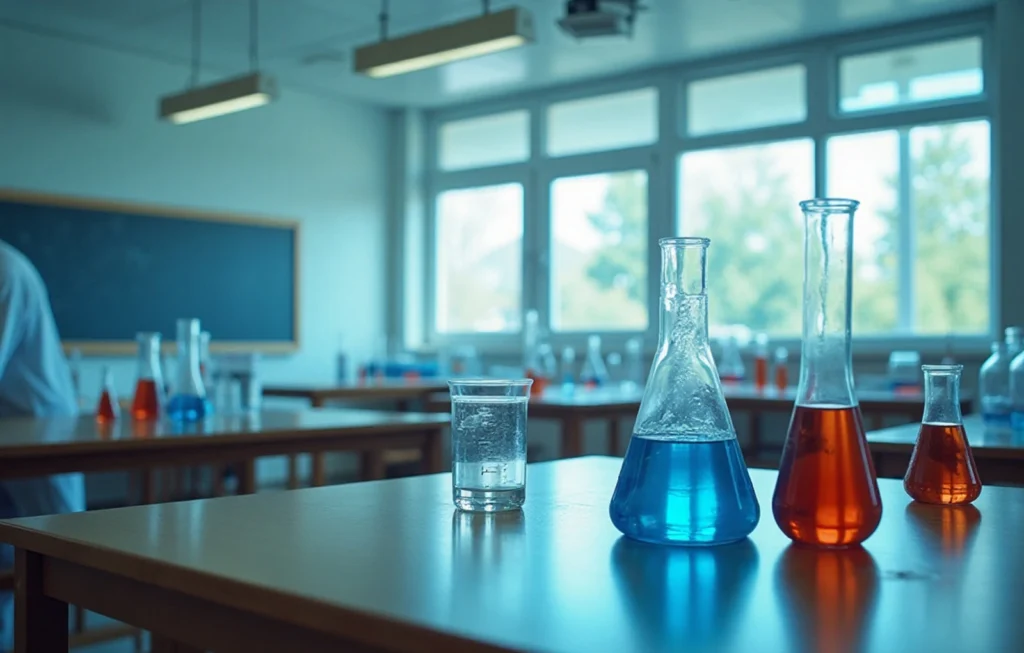
Essential Tools for Chemistry Labs
Advanced science labs often require additional equipment like burettes, pipettes, crucibles, and tongs. These tools support detailed experiments like titrations and controlled heating. Including such advanced chemistry lab equipment gives students exposure to real-world laboratory practices.
Equipment for Physics and Biology Labs
Physics labs may feature voltmeters, magnets, and circuit kits. Biology labs benefit from dissection kits, preserved samples, and slide preparation tools for microscope work. These tools support cross-disciplinary learning and a more complete scientific understanding.
Factors to Consider When Choosing Science Lab Equipment
Durability and Material Quality
The tools are made from heat-resistant, chemical-resistant, and long-lasting materials. Strong material quality saves money in the long run and ensures safety during use. Notably, poor-quality tools may lead to inaccurate results or even classroom hazards.
Safety and Age-Appropriateness
Lab tools should be suitable for the age group using them. Younger students need simplified versions, while older students can use more complex instruments under supervision. As a result, student confidence grows alongside their experience and skill level.
Compatibility with Syllabus and Lab Space
The equipment should match the science syllabus and available space in your school. Compact, multifunctional tools are ideal for small labs or shared classrooms. Thoughtful planning here prevents overcrowding and ensures smooth lab operations.
Maintenance and Safety Tips for Lab Equipment
Cleaning Protocols for Glassware
All glassware should be cleaned with appropriate solutions after use. This prevents contamination and extends the life of the equipment. Establishing clear cleaning routines helps ensure ongoing lab hygiene and equipment longevity.
Safe Storage of Chemicals and Tools
Chemicals should be stored in labeled containers inside well-ventilated cabinets. Equipment should be organized by type and placed where students can access it safely. Moreover, regular training sessions help staff and students store materials responsibly.
Regular Inspection of Equipment Condition
Periodic checks help detect cracks, corrosion, or wear. Early detection allows schools to replace faulty tools before they become a safety hazard. Maintenance logs are helpful for tracking inspections and scheduling replacements.
Where to Buy Quality Science Lab Equipment in School
Reputable Suppliers in India and UAE
When sourcing science lab equipment, work with suppliers who offer quality certifications and educational support. In the UAE and India, several vendors provide full lab kits tailored for CBSE, ICSE, and international curricula. These partnerships also ensure quick servicing and professional advice.
Online Platforms vs Local Distributors
Online platforms offer variety and convenience, while local distributors provide quicker service, replacements, and in-person guidance. For the best results, consider combining both options to cover your school’s evolving needs.
Conclusion
Creating a fully equipped science lab is a long-term investment in academic excellence, student safety, and practical learning. By choosing high-quality science lab equipment such as microscopes, beakers and flasks, test tubes, and safety equipment, schools in the UAE can foster a dynamic environment that supports the STEM curriculum and encourages scientific discovery. When paired with durable materials and proper maintenance, your lab becomes a reliable space that meets educational standards and inspires confidence in both students and educators.
If your institution is ready to enhance its science learning facilities, Hydra UAE provides certified, curriculum-aligned, and dependable solutions for schools across the UAE.
